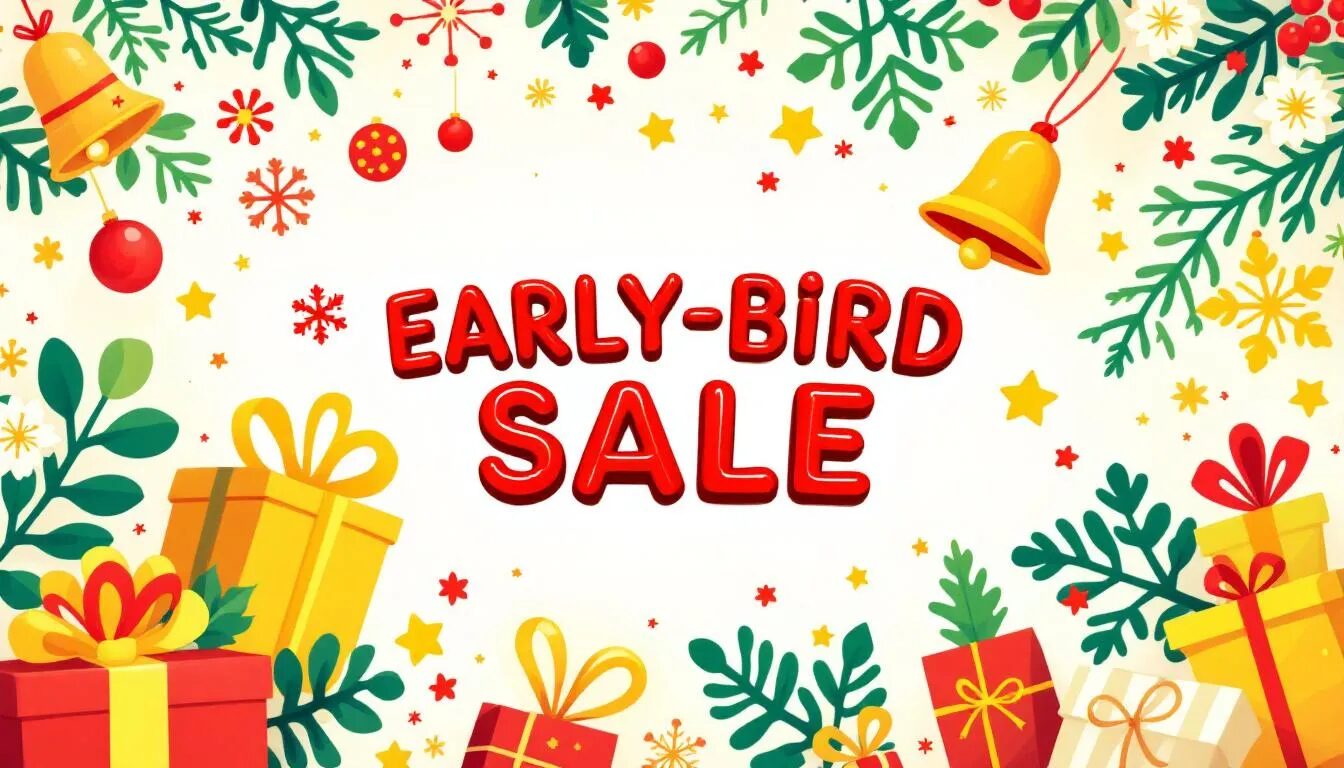
After an Event: How to Connect and Follow up on Email + Social
In the world of digital marketing, it’s easy to forget that some email addresses are collected in person. Whether you just taught a workshop or seminar, hosted an event, or found yourself at a vendor’s table at a conference, chances are good that you’ve walked out with a list of names to add to your email list. Now what?
If you’re uncertain how to take the next steps, or want to make sure to capitalize on the enthusiasm generated at your event, keep reading. We’ll share some tips on making the most of the new names of eager prospects who want your messages in their inbox.
1. The Welcome Message
Remember that people at conferences or events may have signed up for multiple lists, and unless you get in touch with them right away, they might forget that yours was one of them. Instead of waiting weeks or months and finding out the hard way if they know who you are, be proactive. Send a message (ideally within 48 hours) welcoming them to your email list, letting them know how often you plan on emailing, and reminding them where you met is always a good start. That way they won’t accidentally unsubscribe, mistake you with another company, or worse, think your email is spam.
2. Consider a show discount or offer
Want to tap into the enthusiasm generated at your event? Creating a special offer or discount with a hard deadline can motivate your readers to respond sooner rather than later. If you can personalize it to the specific event where they signed up – even if it’s just with a special discount code – all the better.
3. Segment your new list
If you have list segmentation, make sure to select the area where they best fit. You may even have two different lists from the same event: For example, you could have people check off what their areas of interest are on a form.
4. Personal follow-ups
If someone you met at an event asked for information on a certain product or service that you offer (or handed you a business card), don’t automatically add them to your email list. Send them a personal email with the information they requested, or a message asking if they’d like to join your list since they thought the content might be of interest based on your discussion.
5. Follow up on social media
If there’s a specific hashtag for your event on Twitter, or if people are sharing stories on a specific Facebook page, following up on social media can help you with your marketing efforts. Just make sure to offer something valuable – whether it’s a link to a blog post covering topics people asked about specifically, a wrap up of the event, or a special discount for attendees.
6. Consider offering a place for new readers to share their concerns
Maybe your new subscriber had a question they wanted to ask you but ran out of time or didn’t want to ask in front of a group. Offering them a place to interact with you directly can build your credibility and the level of trust they have for you.
7. Share information about the event directly
Whether you’re writing a bulleted list of lessons learned from the conference, sharing information about the most frequent questions you received, or even posting a photograph from the event itself, can make your new subscribers feel included.
8. Don’t neglect the rest of your list
Even though there’s a lot of enthusiasm from a new event, and it’s always great to connect with new subscribers in person, a big chunk of your list might not be interested in the event or did not attend it for a variety of reasons. When sharing event information, make sure that it’s accessible to everyone and has key takeaways for people who couldn’t make it as well as those that did.
9. Keep your list posted about future events
It can be difficult for some people to stay updated on events in their industry, so make it a little bit easier for them by sending out announcements of when you’ll be presenting or exhibiting at an event or conference. Some people may even choose to attend certain events simply because you’ll be there!
10. Keep track of metrics
If one particular event or conference is a huge draw and another isn’t, you can use that data to determine your schedule for the following year. To do so, though, you’ll need to keep track – not only of the number of email subscribers you’ve received but also how long they stay engaged, which lead to sales, and any other key indicators you’d like to track.
Want more marketing tips and tactics? Sign up for the free VR Buzz.
© 2014, Contributing Author. All rights reserved.



